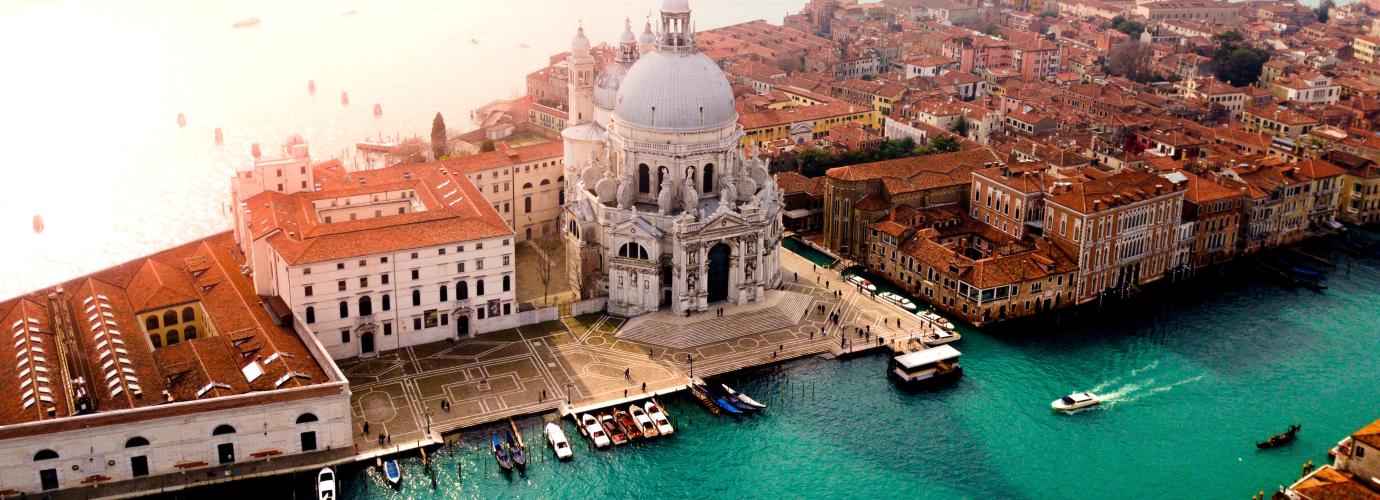According to the Constitution, the Italian Republic is made up by the State, the Regions, the Provinces, the Metropolitan areas and the Municipalities. Provinces have been reorganised in 2014. These are all autonomous authorities with powers and functions set by the Constitution (art. 114).
The State and the Regions have both exclusive and concurrent legislative powers over a series of fields, as established in the Constitution itself (art. 117). Concurrent legislative power means that Regions have the legislative powers except for the determination of fundamental principles, which shall be established by State legislation.
As for education, powers are distributed as follows:
- the State has exclusive legislative power over the definition of the general rules on education and, indirectly linked to education, and of basic provisions concerning civil and social rights to be guaranteed all over the national territory,
- the Regions have concurrent legislative power over education, except for what falls within their exclisive responsibilities and except for school autonomy,
- the Regions have exclusive legislative power on the vocational education and training system (Istruzione e formazione professionale – IeFP).
Local authorities organise the education system at local level.
The State
Italy is a Parliamentary Republic.
The President of the Republic is the higher office in the State. Every seven years the Parliament and the representatives of the Regions elect the President who represents the national unit and guarantees the institutional balances. The President also has legislative functions (for example enacting the laws approved by the Parliament), executive functions (for example, appointing the President of the Council of Ministers) and judicial functions (for example, chairing the Magistrates’ governing council).
The Parliament has the legislative power. It is made up of the Chamber of Deputies and the Senate of the Republic. Both the Chamber and the Senate are in office for 5 years. Members of the two chambers are elected by full-age citizens through direct universal suffrage.
Members of Chamber of Deputies are 400, eight of which are elected by Italians resident abroad. Persons aged 25 or over are eligible to be elected.
Members of the Senate are 200, four of which are elected by Italians resident abroad. Persons aged 40 or over are eligible for election. Former Presidents of the Republic are senators by right and the President of the Republic may appoint up to five citizens for special merits as lifetime senators.
The Government has the executive power. The Government has a political function of direction and carries out administrative activities to achieve the goals set by the State itself. Under certain conditions – by delegation from the Parliament or due to necessity or urgency – it exercises also legislative powers.
Within the Government, the Ministry of education and merit (Ministero dell’istruzione e del merito – MIM) is responsible for ECEC and school education, while the Ministry of university and research (Ministero dell’università e della ricerca – MUR) is responsible for tertiary education and for research outside university.
The Regions
Italy is subdivided into 20 Regions, which are autonomous bodies with their own statutes, their own powers and functions, according to the principles established by the Constitution (art. 114). Five Regions have a particularly high level of autonomy according to special statutes. Among them, Trentino Alto-Adige is made up of the Autonomous Provinces of Trento and Bolzano that have the same powers of the Regions. The other regions with special statute are: Friuli Venezia-Giulia, Sardegna, Sicilia and Valle D’Aosta.
Within the Region, the Council has the legislative power. The members of the Council are elected by full-age residents in the Region.
The President of the Region represents the Region and is elected according to the procedures established through regional laws. The President appoints the members of the Board (Giunta) of the Region, which has executive powers.
As for a general description of the powers of the Regions on education, please refer to the specific section.
Local authorities
According to the Constitution, the Italian republic is made up of the State, the Regions, the Metropolitan areas, the Provinces and the Municipalities (art. 114).
As for a general description of the powers of local administrations on education, please refer to the specific section.
The Municipalities
The Municipality is the lower-level local authority, with a direct contact to the population needs. Municipalities have financial autonomy as for revenues, expenditure and their own assets.
The Council deliberates, in compliance with the national and regional laws, on the organisation of the services falling under its jurisdiction. Its members are elected by full-age residents through universal suffrage.
Full-age residents also elect the Major who appoints the members of the Board, which has the executive power.
The Provinces
The Province is an administrative authority between the Municipality and the Region that groups together more municipalities sharing the same historical, economic and territorial factors. In 2014 all Provinces were re-organised and ten of them became Metropolitan areas. With the reform, the governing bodies of this level of local authority will no longer be elected by the resident population. Instead, all governing bodies are appointed or elected by and among the members of the governing bodies of the Municipalities making up the metropolitan areas or the provinces.
Contents revised: 7 March 2023

